

We may earn revenue from the products available on this page and participate in affiliate programs. Learn More ›
In recent years, consumers have trended toward favoring sustainable gardening, and using native plants—species that occur naturally in their environment. Native plants offer many advantages (and few of the disadvantages of non-native plants). Nevertheless, many gardeners still add non-native plants to their home landscapes, perhaps because they’re more familiar with them since they often dominate the shelves at the big box stores, or because they’re pretty.
However, native plants can be just as attractive, with numerous trees, shrubs, and flowers providing color, texture, and interesting shapes. Their beauty simply adds to the many reasons why gardeners should opt for natives.
Native plants need less water.
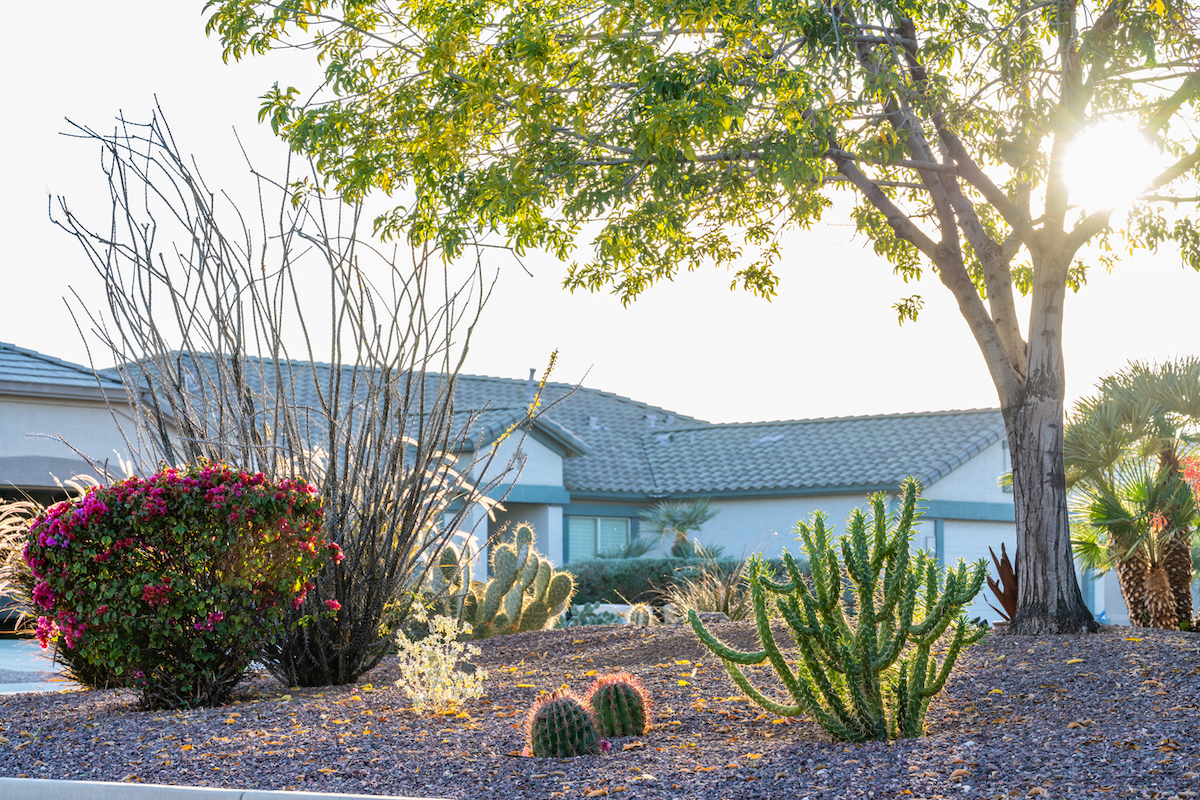
Photo: istockphoto.com
Native plants use less water. This is because they’re suited to the climate, rainfall patterns, and soil conditions where they grow naturally. Non-native plants often need irrigation to survive. “Native plants evolved to receive the amount of water nature provides,” says Lisha Astorga, owner of Desert Straw House in Palm Springs, California. Because water is a finite source and because demand is increasing concurrently with the global population, water scarcity has become a big environmental issue. Currently, 3.2 billion people live in agricultural areas with high or very high water shortages or scarcity. Growing native plants, especially as part of a xeriscaping landscape design, can conserve water.
Some are drought-tolerant.
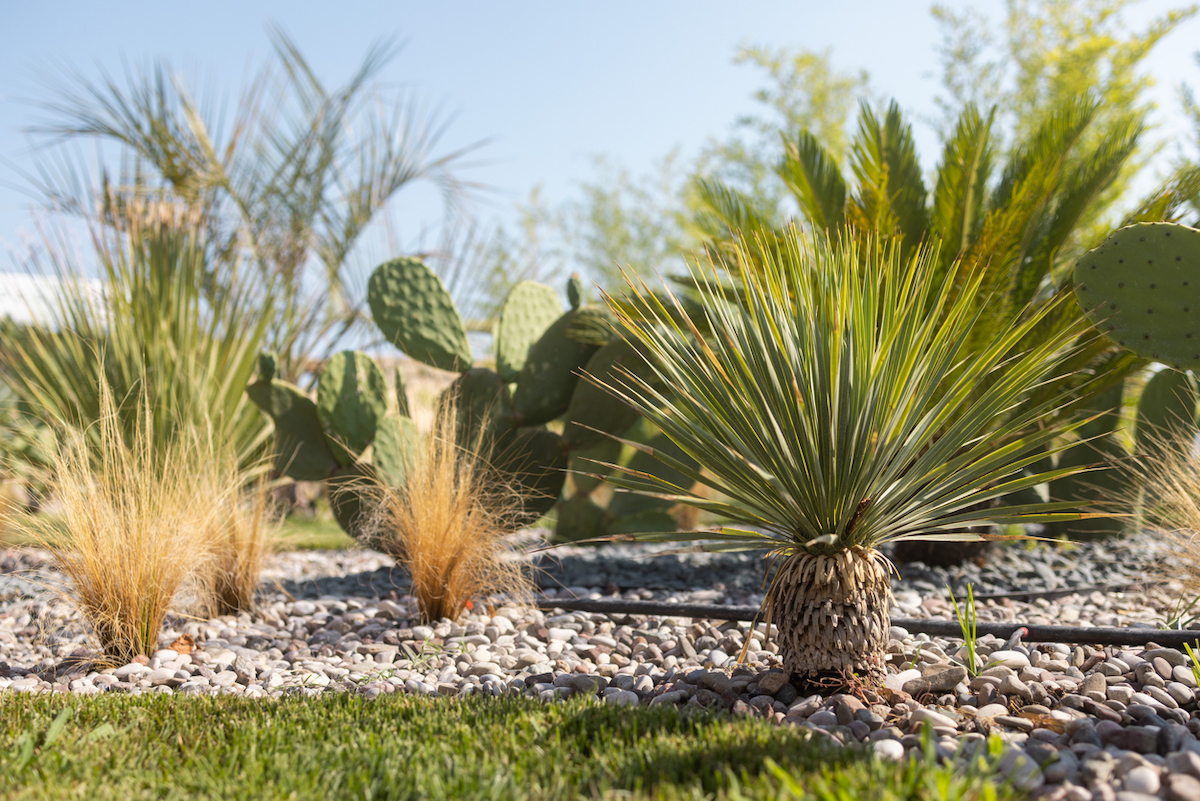
Photo: istockphoto.com
Since native plants have adapted to local rainfall patterns, most can survive periods of little to no precipitation because they have developed deep root networks capable of accessing water stored in the soil. Extensive root systems can tap into underground water reserves during drought periods, helping the plant survive. Their roots also prevent excessive water runoff and erosion, contributing to water retention. “They might look a little ragged if they’re not getting enough water; they might proliferate during an especially rainy season,” Astorga says. “It’s okay to supplement during a drought, but most of the time, they don’t require any additional water.”
They need less (or no) fertilizer.
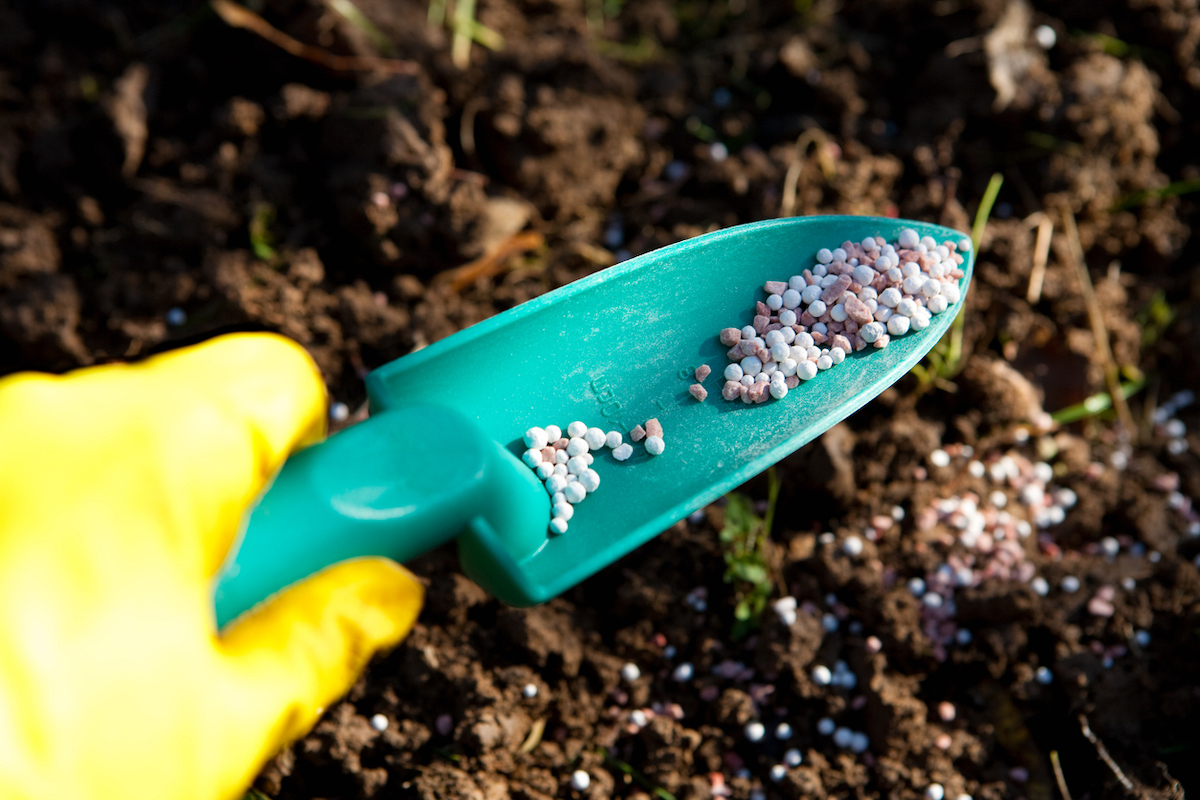
Photo: istockphoto.com
Native plants generally don’t need fertilizer because they have adapted to local conditions. Gardeners must fertilize plants with high demand for nutrients, especially when the soil in which they grow is low quality, but many native plants have evolved to thrive in poor soil or extremes of local soil makeup. In fact, fertilizers can do them more harm than good; providing too many nutrients results in weak plants that produce few flowers. Leaves can even display chemical burns from overfertilization. Since there’s no need to fertilize native plants, gardeners can save time and money by eliminating that task.
Native plants need fewer pesticides.
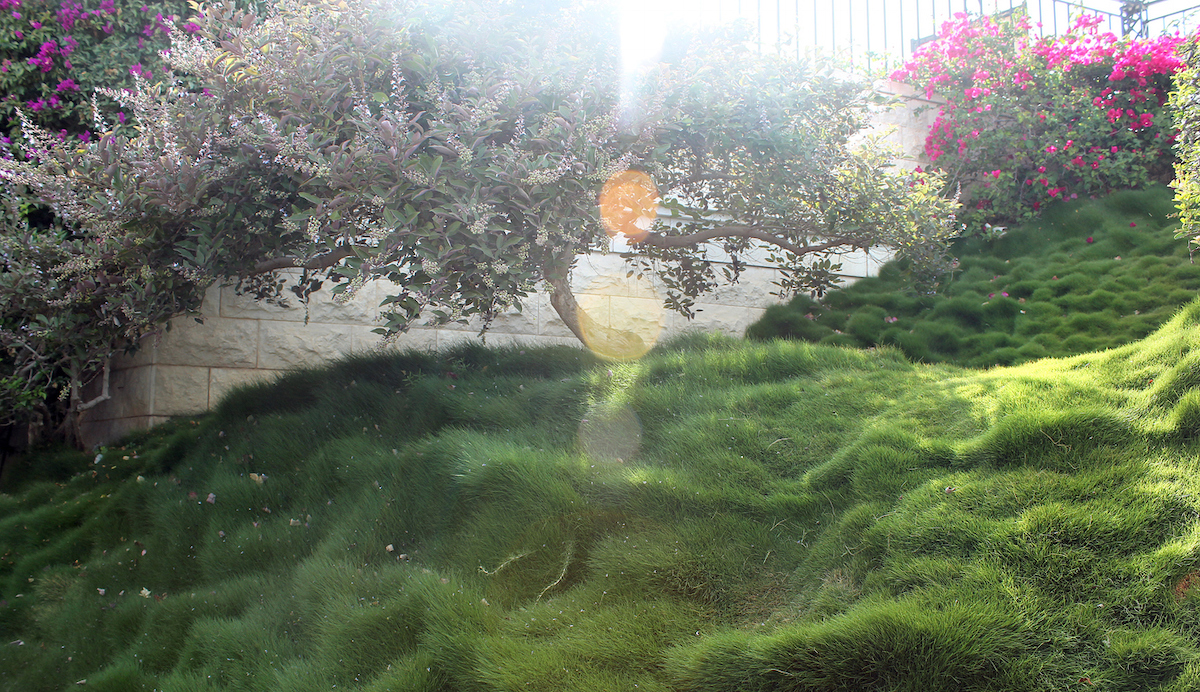
Photo: istockphoto.com
Native plants need pesticides to control insects less often than most non-natives. Eliminating or reducing reliance on chemicals benefits the environment, as pesticides and herbicides can pollute the soil and nearby bodies of water, which impacts wildlife depending on food and water sources. Wildlife can also be affected by pesticide drift, secondary poisoning, and contaminated groundwater. Pesticide use creates an unhealthy environment for humans, too. A 2020 study published in BMC Public Health indicated that about 385 million annual cases of unintentional, acute pesticide poisoning occur globally, 11,000 of which are fatal. In addition, the National Audubon Society states that the average suburban lawn contains 10 times more chemical pesticides per acre than farmland, so opting for native turfgrasses and ground covers can reduce use of pesticides.
They prevent erosion.
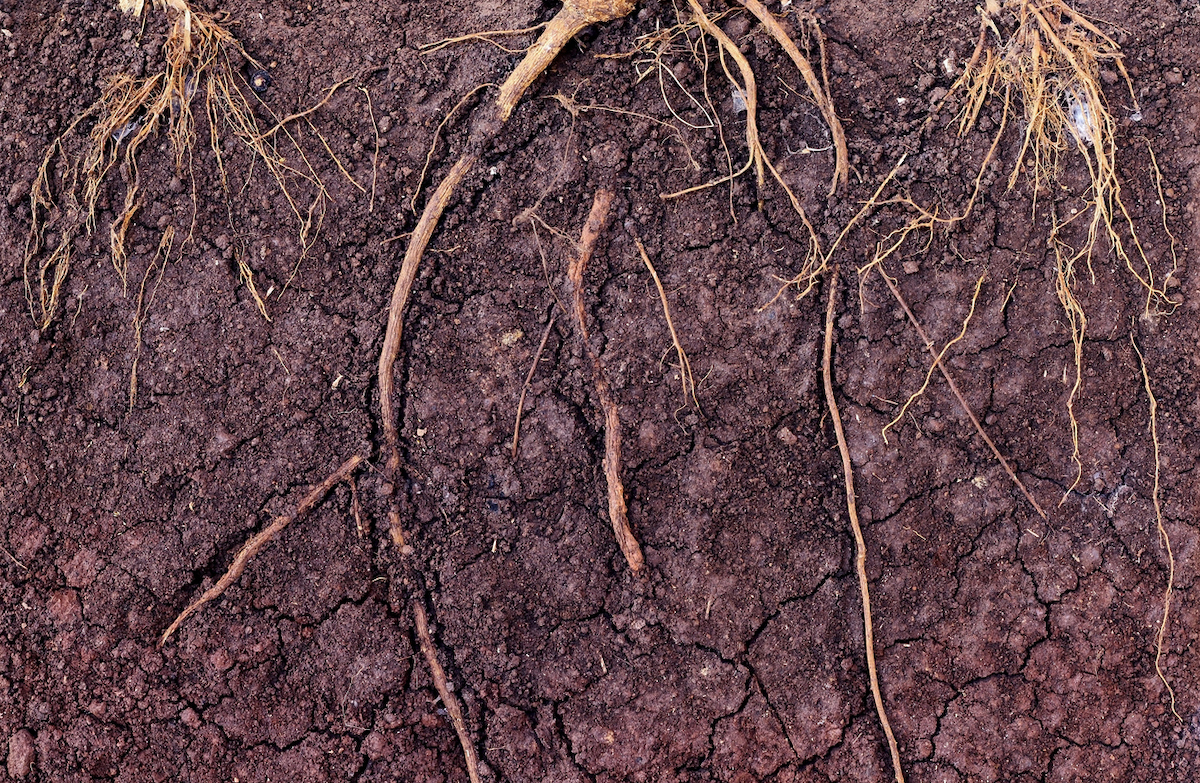
Photo: istockphoto.com
The deep roots systems that native plants have enable them to survive drought periods by accessing water stored in the soil, but also increase the soil’s water storage capacity. Native plant roots help prevent water runoff and soil erosion, in part by acting as a sponge to absorb excess water from heavy rain or irrigation. By reducing water runoff, native plants help reduce flooding.
They provide food and shelter for wildlife.
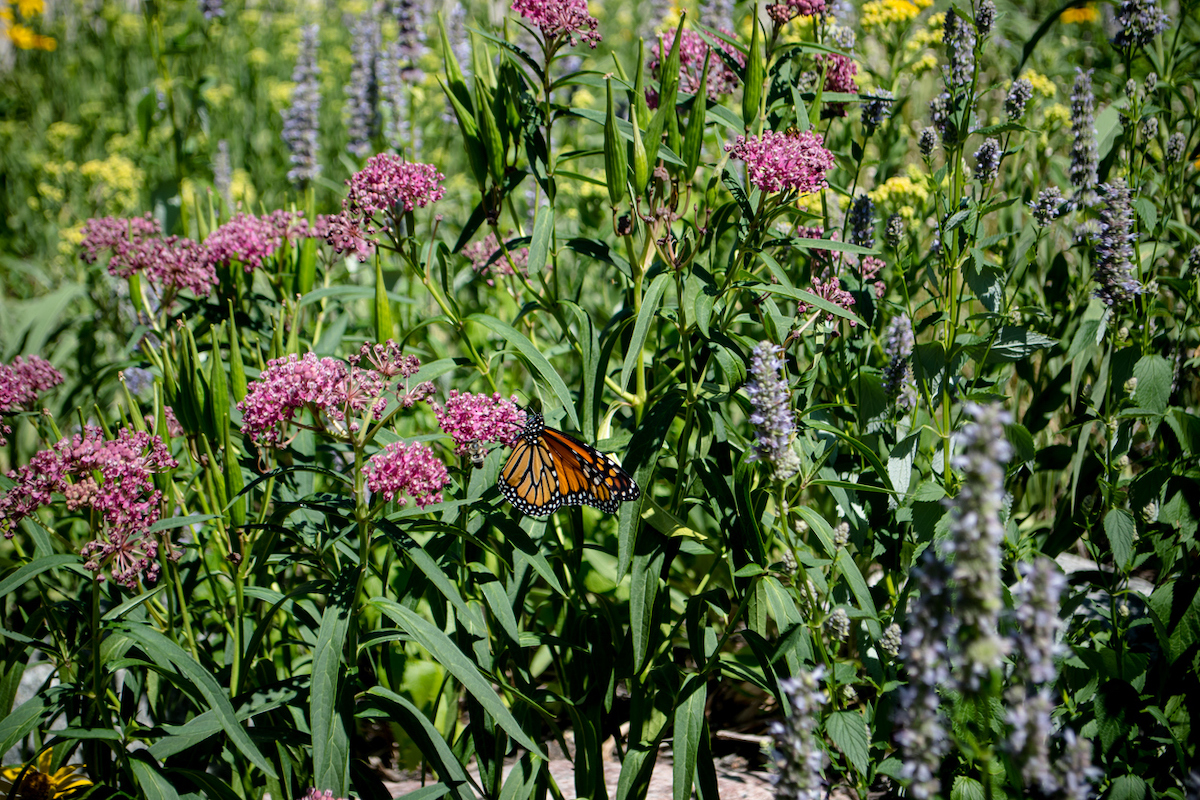
Photo: istockphoto.com
Selecting native plants by region can provide habitat and food for local wildlife, including birds, pollinators, insects, and small mammals. They also provide nectar for migratory birds and pollinators. Native plants are crucial for maintaining biodiversity, which supports sustainability. For example, insect species responsible for pollinating 75 percent of the world’s crops and providing food for birds, have declined 45 percent in 40 years. This is attributable to heavy use of pesticides and to the loss of native plants. Native plants create a healthy ecosystem that attracts beneficial animals and insects.
Native plants are less susceptible to disease.
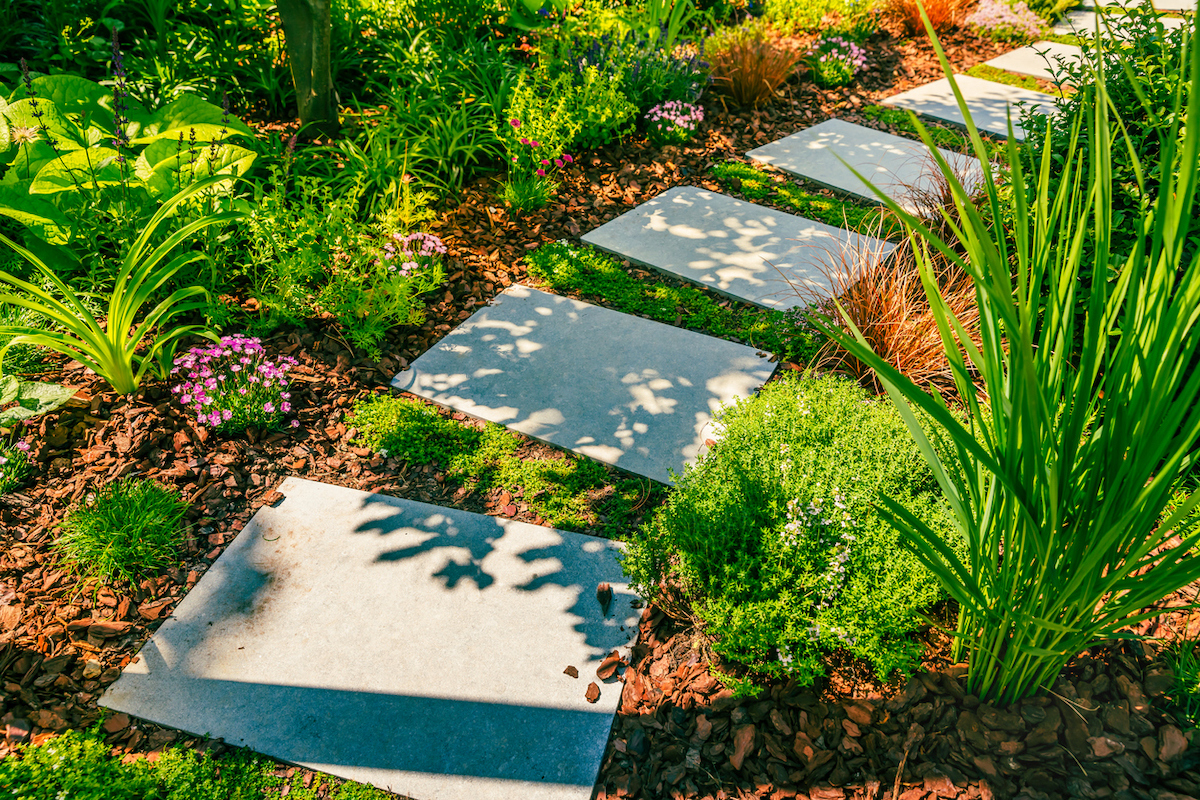
Photo: istockphoto.com
Thanks to natural selection, many native plants have developed resistance to diseases in their region. Those plants that were vulnerable to diseases in their natural habitat either adapted by developing resistance or died off. That does not mean, however, that native plants will necessarily be resistant to new diseases. Some diseases might occur if a native plant is grown in the wrong conditions, such as water-retaining soil; selecting regional natives and caring for them as recommended can keep them healthy. Other ways to achieve immunity to disease, such as genetic modification, cloning, hybridization, selective breeding, and grafting, all require human intervention.
Some make good companions.
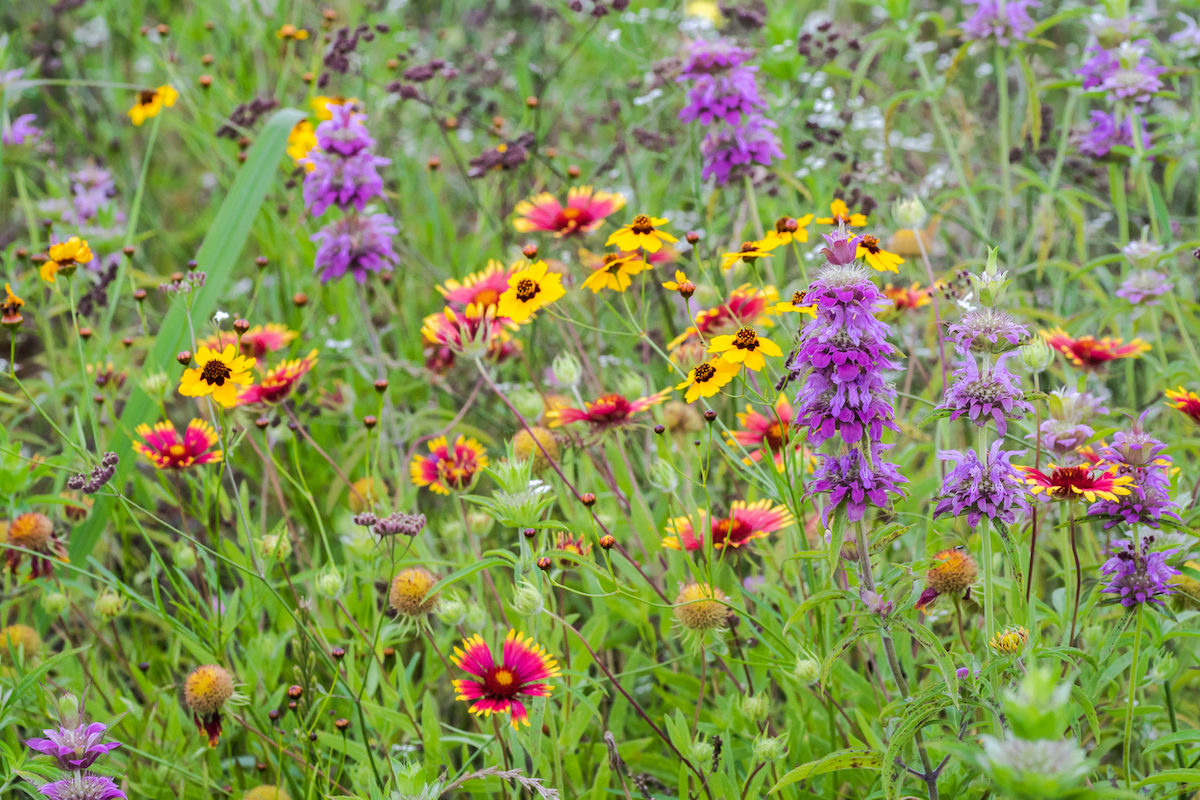
Photo: istockphoto.com
Native plants go together and with many hybrids; those native flowers that attract pollinators are particularly useful near vegetable gardens. Whether your garden has gone 100-percent native or you plan to begin introducing more native plants to your landscape by combining them with non-native species, they should be perfectly at home, as long as you are careful when planting them. For example, control irrigation to a drought-tolerant native next to a hybrid that needs lots of water. Trees and shrubs native to a local region can grow in almost any landscape. Native perennial wildflowers can grow alongside other perennials and are less likely to become invasive than a non-native, so they shouldn’t take over a garden bed.
They are low-maintenance.
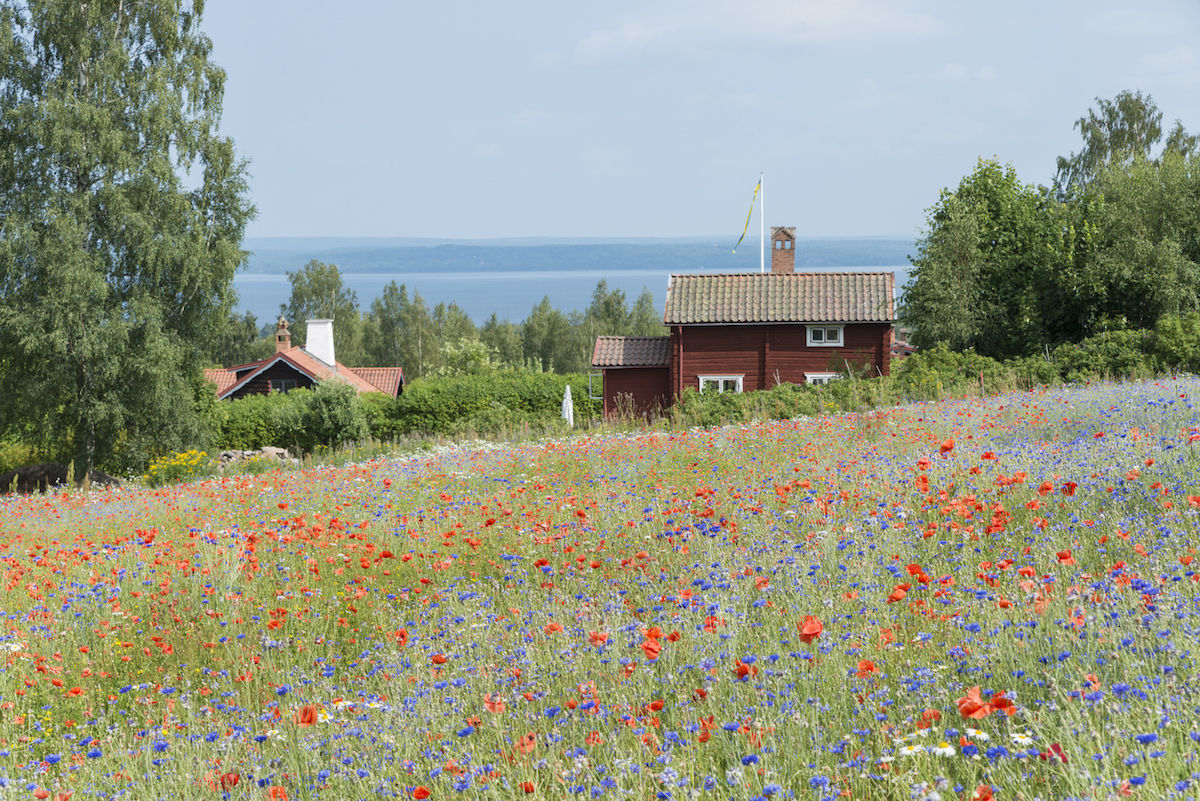
Photo: istockphoto.com
Native plants are usually easy-care garden options. They don’t typically need a lot of mowing, trimming, or pruning, which saves time, effort, and money—and cuts down on greenhouse gas emissions. They also should adapt well to typical local rainfall and soil conditions, and generally get by without fertilizers and pesticides. “The fertilizers and pesticides required to keep non-native plants happy outside their natural environment take a toll on local water systems, beneficial insects, and birds,” Astorga says. “Lawns in particular require a great deal of maintenance with mowing, which introduces more air pollution. A native flower field doesn’t need mowing,” she says.
Native plants look good.
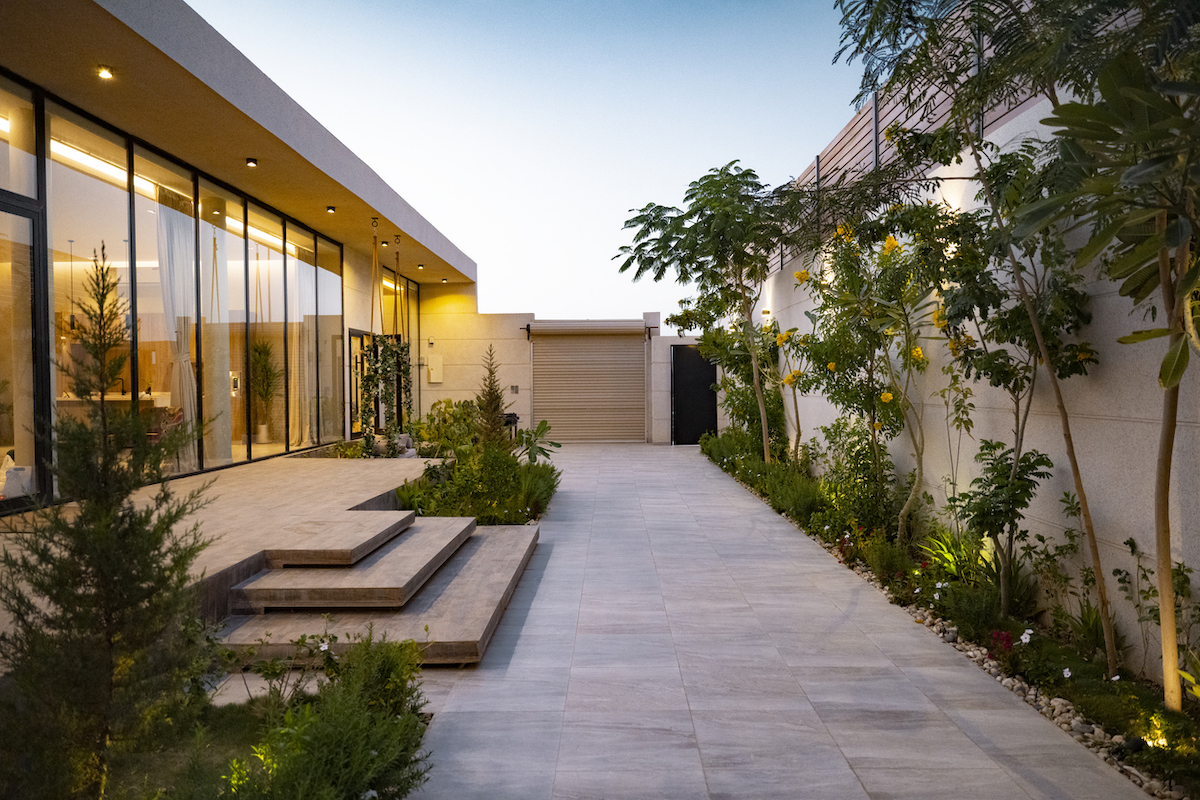
Photo: istockphoto.com
Native plants can enhance a property’s curb appeal by providing a variety of colors, textures, shapes, and sizes to a landscape. Flowers, foliage, and fruit or berries add interest, while evergreen natives provide year-round color. They don’t just catch the human eye; they attract pollinators and wildlife as well, which adds to their appeal. Since they typically are easy to maintain and less likely to grow out of control, native shrubs and trees take less effort to maintain curb appeal. Make native landscaping particularly appealing by opting for local natives that bloom at different times of the year.
They help the environment.
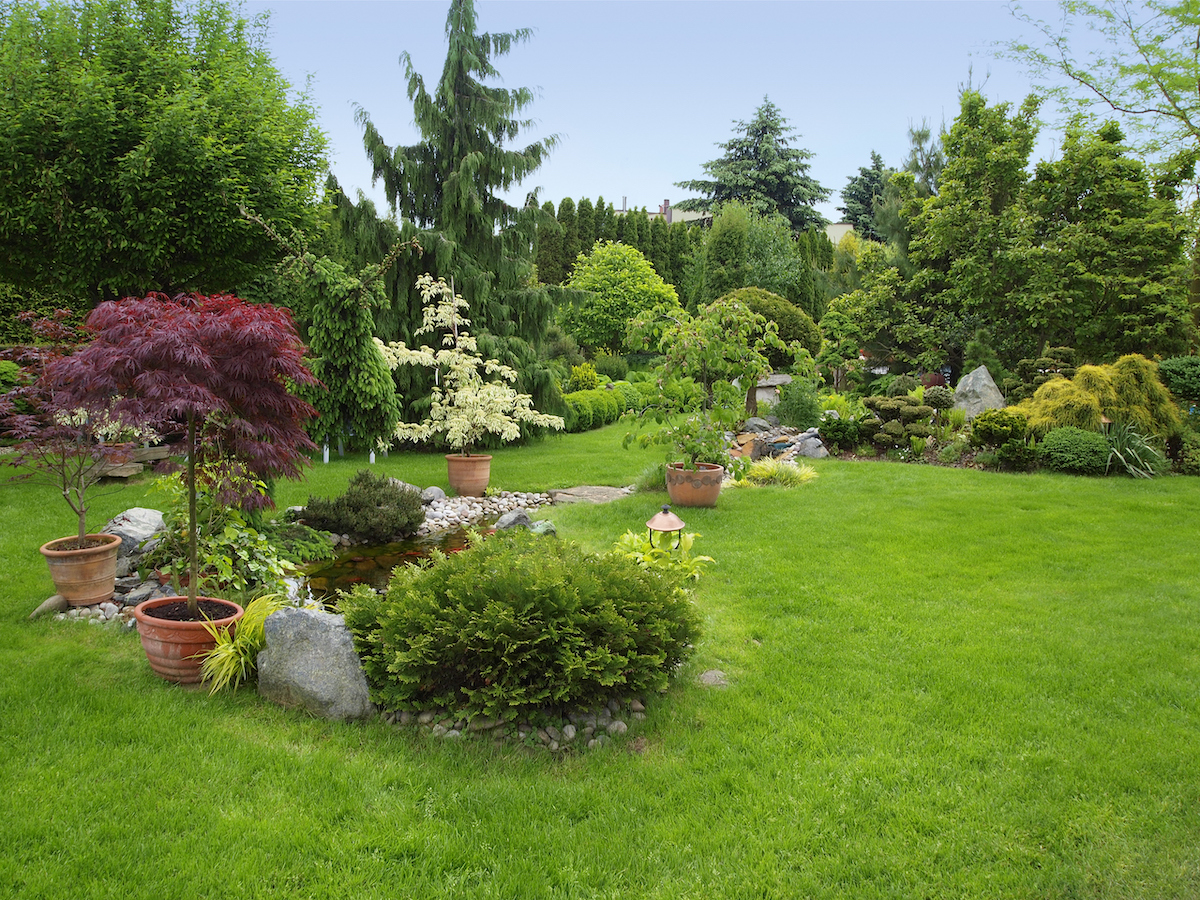
Photo: istockphoto.com
Native landscapes capture carbon, reducing the heat island effect and slowing climate change. Plants absorb carbon dioxide from the air, storing it as biomass used for growth, thereby slowing atmospheric CO2 by creating a carbon land sink. “Native plants typically have deep roots,” Astorga explains. “When the plants draw carbon dioxide out of the air, they store some of it in the soil in the form of nutrients. These larger root networks allow more carbon to be stored underground. By choosing native plants, you are giving the local ecosystem a chance at a sustainable existence,” she says.
They are not invasive.
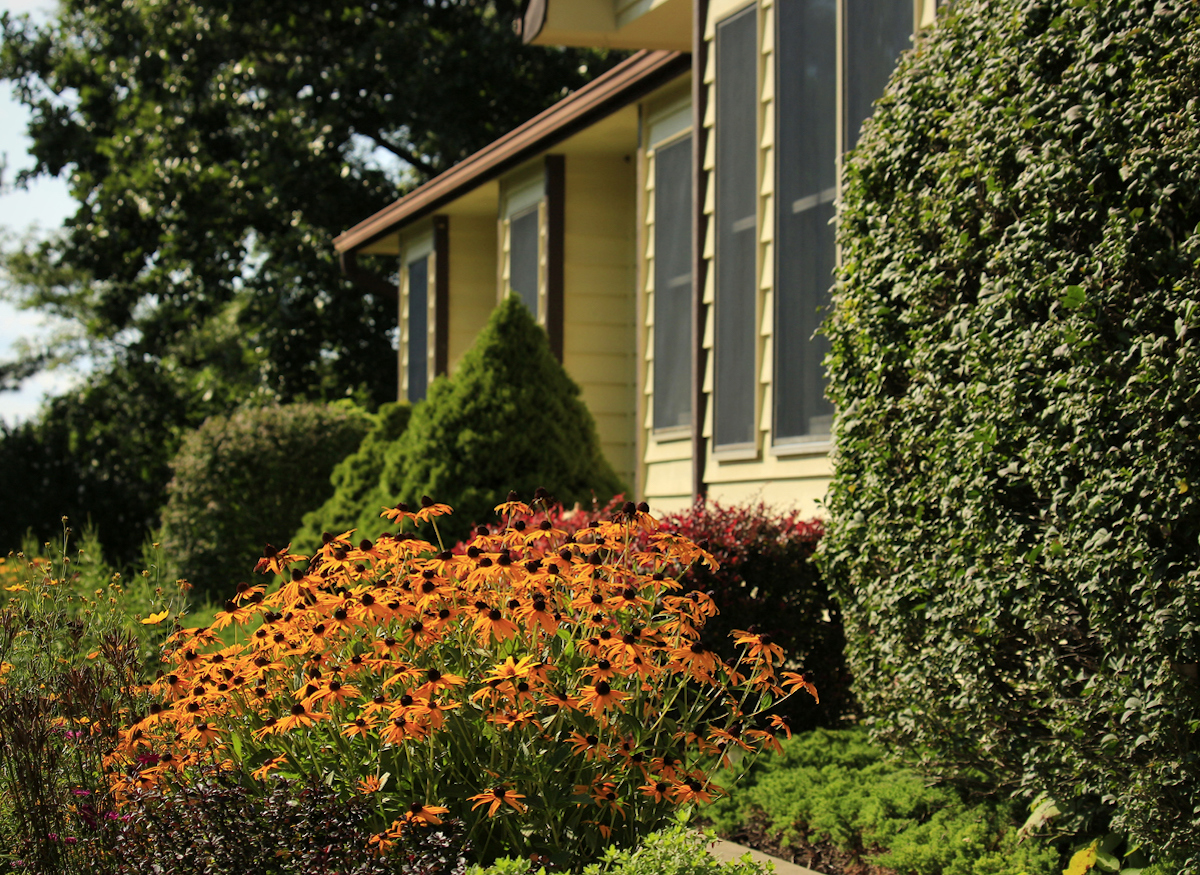
Photo: istockphoto.com
Native plants can be aggressive growers, but are not considered invasive if grown in their native habitats. Non-native plants introduced to an area where they don’t occur naturally are considered to be invasive plants if they spread aggressively into native habitats and threaten native plant communities. “Given [that] non-native plants are not part of the local ecosystem, they may not have the natural limiters across pests, animals, and other forms of population control on the plant,” says Kaustubh Deo, president of Blooma Tree Experts in Seattle, Washington. “This leads to plants becoming invasive in the area they’re planted, which can, over time, crowd out and kill the native plants,” says Deo.

Our Favorite Prime Day Deals Are Sure to Sell Out
Prime Day runs July 8 through 11, and Amazon (and many more retailers) have released hundreds of exciting seasonal deals. Check out our favorite products in the sales, from power tools and outdoor equipment to robot vacuums and power stations.